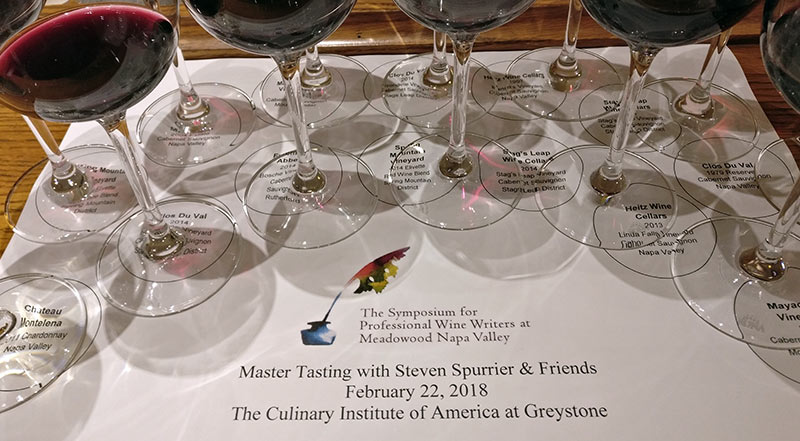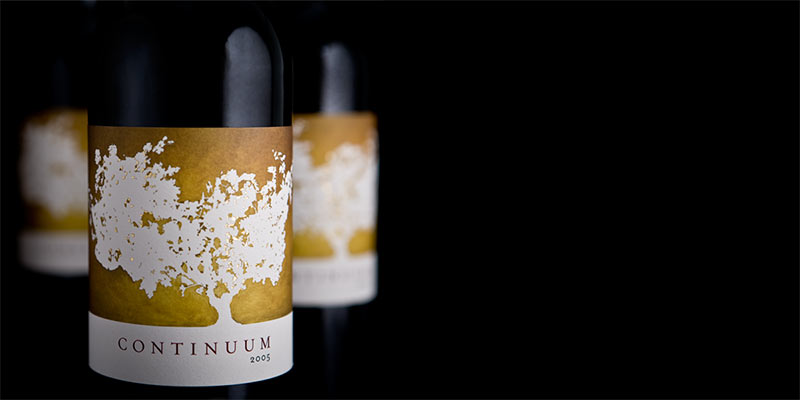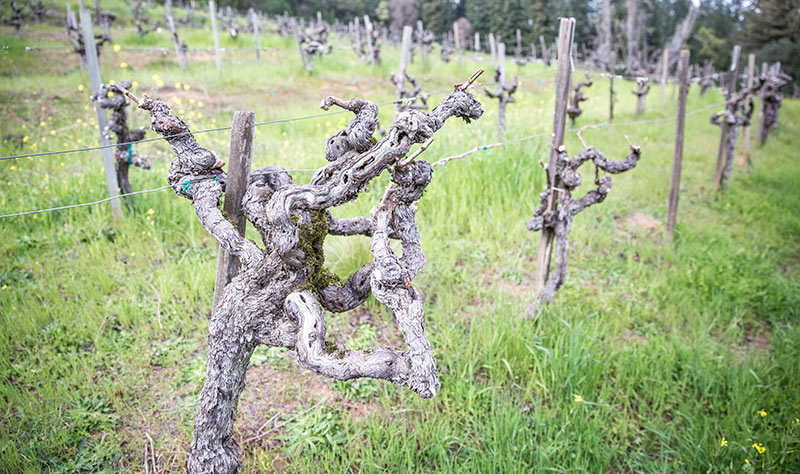I was leading a tasting recently and out of random curiosity, one of the clients asked, “By the way, what Cabernet Sauvignons can you recommend?” I wasn’t really expecting that as we were tasting through some top-kit Priorat wines which are mostly Grenache and Carignan. I thought for a second and then replied, “You know, I don’t drink a lot of Cab these days to be honest.” I need to emphasize that I’m definitely not anti-Cab by any means. It’s more the fact that I can’t think of anywhere in […]


